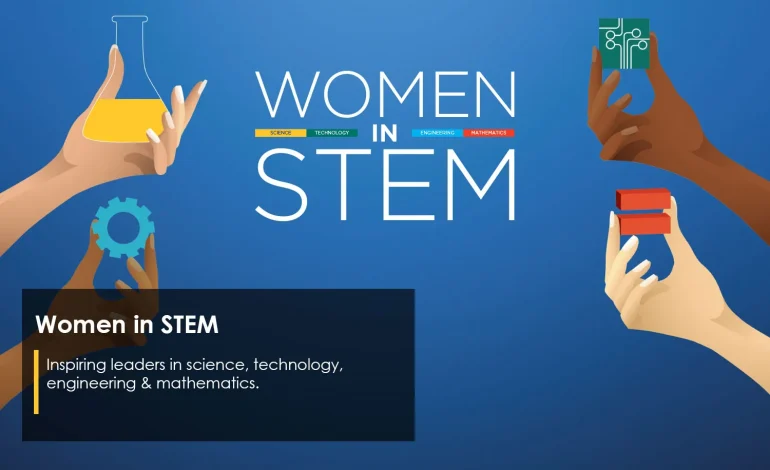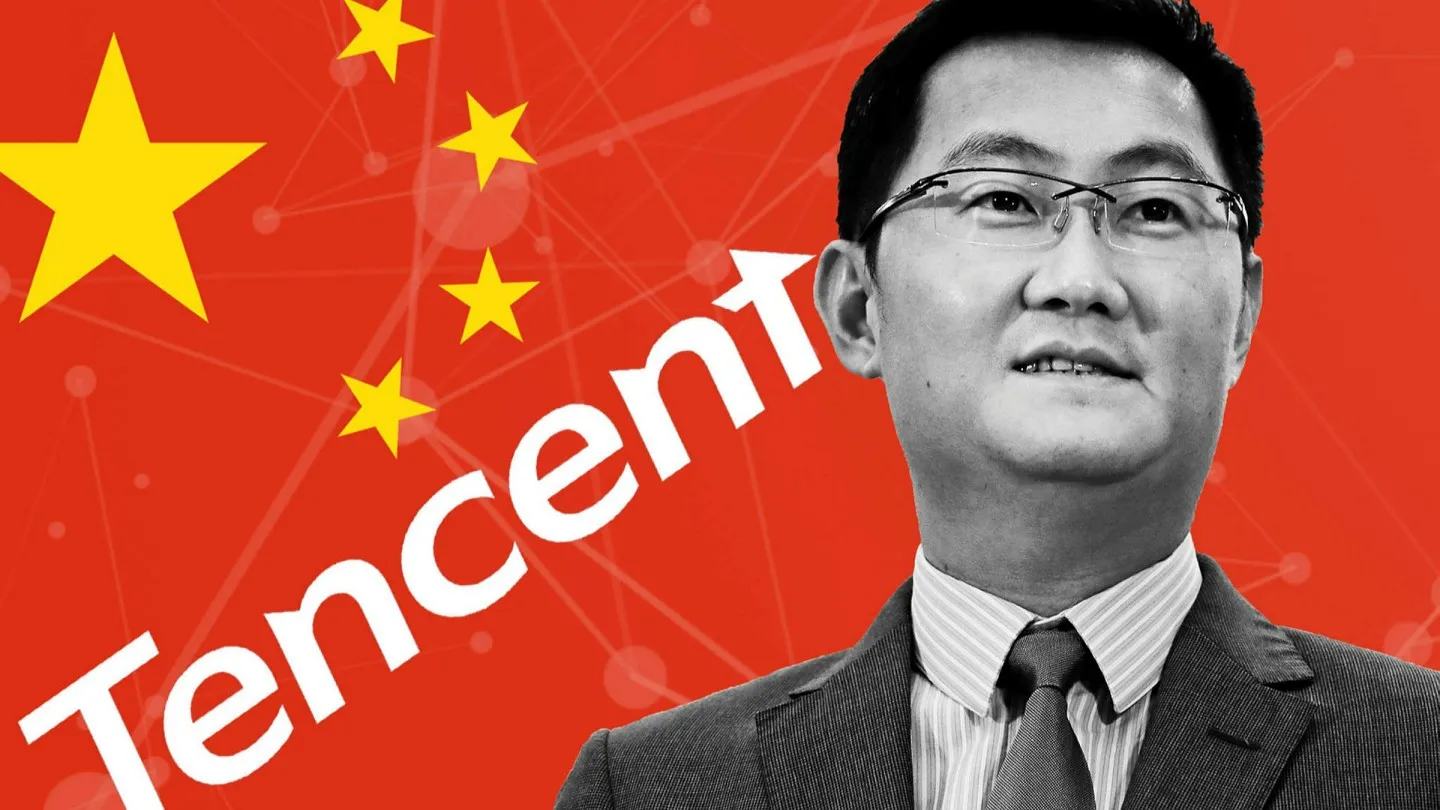STEM Education for Girls: China’s Push for Digital Equality

Introduction
China is increasingly emphasizing STEM (Science, Technology, Engineering, and Mathematics) education for girls as part of a broader national strategy to promote digital equality and economic innovation. With technology and AI shaping the future workforce, the government is investing in programs to ensure that young women have the skills, confidence, and opportunities to participate fully in the digital economy. This initiative is not only aimed at addressing gender disparities in tech but also at cultivating a highly skilled talent pool that can sustain China’s leadership in emerging technologies.
Government Funding and Policy Initiatives
The Chinese government has allocated significant funding for STEM programs targeting female students. Initiatives include:
- National STEM Scholarship Programs: Grants and scholarships for girls pursuing degrees in engineering, computer science, and AI-related fields.
- Regional STEM Centers: Government-backed innovation hubs in major cities providing hands-on labs, coding workshops, and mentorship.
- School and University Curriculum Integration: Policies mandating STEM curriculum enhancements, coding classes, and AI literacy for middle and high school female students.
- Public-Private Partnerships: Collaborations between government agencies, tech companies, and non-profits to provide resources, training, and internship opportunities.
According to a 2024 TechNode report, over 45 percent of STEM scholarship recipients in China are female, marking a substantial increase over the previous decade. The policy emphasis ensures that education pipelines for technology roles are gender-inclusive, addressing the historical underrepresentation of women in STEM sectors.
Focus Areas in STEM Education for Girls
The government and partner organizations focus on several key areas:
- Computer Science and AI: Programming, machine learning, and robotics workshops to equip girls with technical competencies for AI-driven industries.
- Engineering and Robotics: Hands-on activities such as designing prototypes, coding drones, and building smart devices encourage practical problem-solving skills.
- Digital Entrepreneurship: Programs teaching girls to develop tech startups, leverage cloud platforms, and implement digital solutions for real-world problems.
- Mentorship and Role Models: Female engineers, AI specialists, and tech entrepreneurs provide guidance, fostering confidence and leadership aspirations among students.
By combining technical skills with entrepreneurial and leadership development, these programs prepare young women for multiple career pathways in the digital economy.

Tech Companies Supporting STEM for Girls
Chinese tech giants such as Alibaba Cloud, Huawei, and Tencent have joined government efforts to promote female participation in STEM. Initiatives include:
- Workshops and Bootcamps: Practical training on cloud computing, AI modeling, and coding projects specifically targeted at female students.
- Internships and Scholarships: Early exposure to industry applications encourages skill development and career interest.
- Innovation Challenges and Competitions: Platforms for girls to present tech solutions and prototypes, fostering problem-solving and creativity.
Alibaba Cloud, for example, has supported nationwide coding competitions for girls, enabling participants to develop cloud-based projects while receiving mentorship from women in tech leadership roles.
Impact on Gender Equality in Tech
STEM education initiatives have measurable impacts on gender equality in China’s technology sector:
- Increased female enrollment in computer science and engineering programs at universities.
- Growth in women-led start-ups in AI, cloud computing, and digital innovation sectors.
- Improved representation of women in leadership positions within technology firms and research labs.
TechNode statistics indicate that female participation in Chinese STEM fields has grown by 12 percent since 2020, suggesting that education programs, mentorship, and targeted funding are effectively bridging gender gaps.
Challenges and Strategic Considerations
Despite progress, challenges remain in promoting digital equality:
- Cultural and Social Norms: Persistent stereotypes about gender roles in technology can limit participation and career aspirations.
- Access Disparities: Rural and underdeveloped regions face barriers in accessing high-quality STEM education and digital infrastructure.
- Sustaining Interest: Maintaining engagement from middle school through university and into professional roles requires continuous support and opportunities.
- Industry Integration: Translating STEM skills into career pathways and start-up opportunities necessitates collaboration between educational institutions and industry.
Government agencies, private sector partners, and NGOs must coordinate to address these gaps and ensure equitable access to digital skills for all girls.
Global and Economic Implications
China’s push for STEM education among girls has implications beyond national development:
- Talent Pipeline for AI & Cloud Innovation: Ensuring a diverse workforce supports China’s leadership in AI, cloud computing, and emerging digital sectors.
- Increased Entrepreneurship: Women-led tech ventures contribute to economic diversification, innovation, and global competitiveness.
- Soft Power and Cultural Influence: Promoting gender equality and technological advancement enhances China’s international reputation as a modern, innovation-driven society.
Countries and multinational corporations observe China’s strategies as a model for combining policy, education, and industry to achieve both economic and social goals.
Integration with Start-Up and Industry Ecosystems
Programs for girls in STEM are closely linked to start-up ecosystems:
- Incubators and co-working spaces provide mentorship, technical resources, and funding guidance.
- Competitions and hackathons enable girls to test innovative ideas, gain exposure, and attract investors.
- Collaboration with Alibaba Cloud and other tech platforms ensures practical applications of digital skills in cloud computing and AI.
This integration ensures that education initiatives are not theoretical but connected to real-world entrepreneurship and industrial growth.
Conclusion
China’s push for STEM education for girls represents a strategic investment in the future of the digital economy. By combining government funding, industry support, and mentorship programs, the country is fostering a generation of female engineers, AI specialists, and tech entrepreneurs capable of driving innovation and leadership.
Programs supported by Alibaba Cloud and other tech firms have expanded opportunities, enhanced skill development, and provided platforms for female-led start-ups in AI and cloud computing. TechNode data confirms rising female participation, highlighting the effectiveness of targeted policy and industry engagement.
While challenges such as social norms, regional disparities, and sustained engagement remain, China’s comprehensive approach demonstrates a commitment to digital equality and gender-inclusive innovation. Through continued investment in education, mentorship, and industry collaboration, women in China are positioned to play an increasingly influential role in the nation’s technological and economic future.






